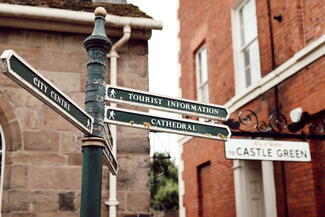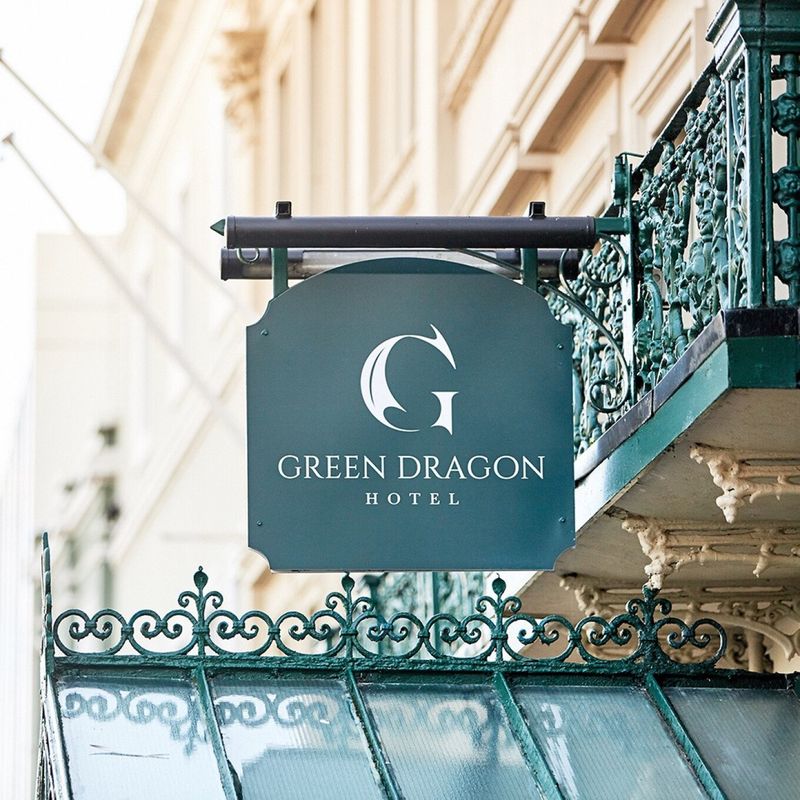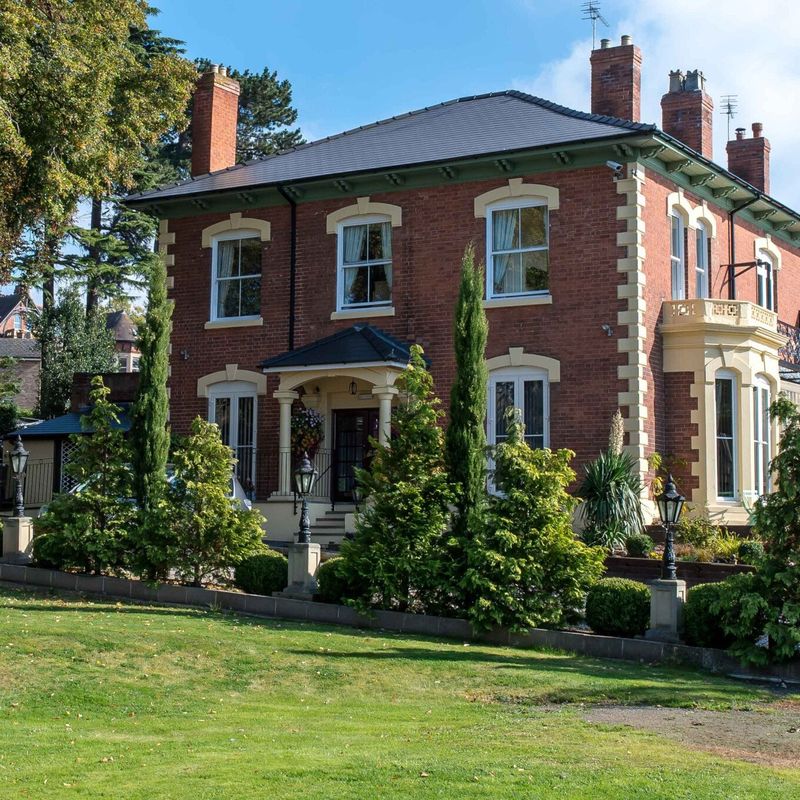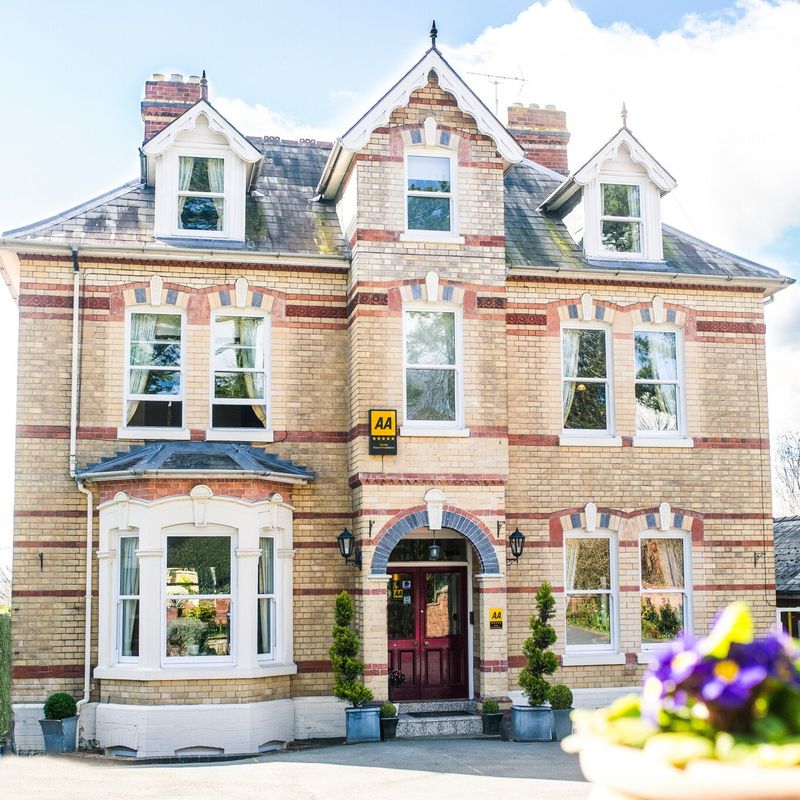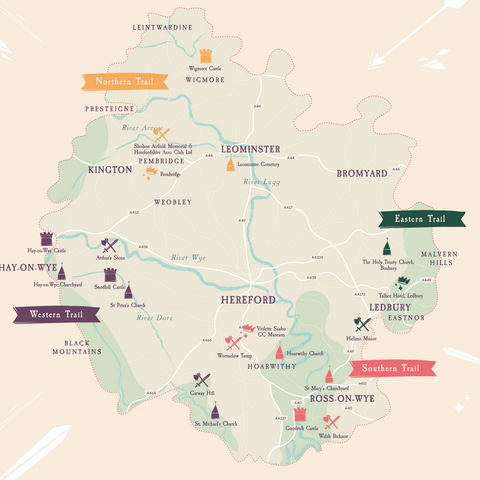
Military History Trail: Hereford City & Rotherwas
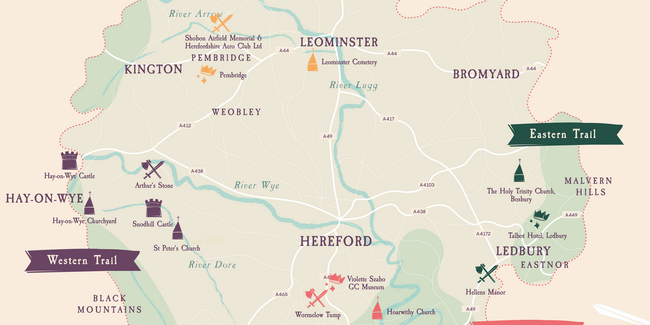
Explore Hereford city's rich military and medieval past and discover...
- The historic Castle Green
- The SAS connection at Hereford Cathedral
- WWI munitions factories
- 800 year-old Almshouses
- Museums showcasing local heroes and wartime efforts
Start with a stroll on Castle Green, site of the former Hereford Castle and used as a parade ground for recruits to The Herefordshire Regiment on the outbreak of WWI (photographs of this can be found at Hereford Museum). Whilst only glimpses of the ancient city walls remain, the sense of history here and throughout the city is ever-present.
The city’s unique relationship with the Special Air Service (SAS) is reflected (quite literally) at the world-famous Hereford Cathedral where internationally-renowned artist John Maine was commissioned to create a memorial sculpture and stained-glass window, titled 'Ascension'. Marking the 75th anniversary of the SAS (founded in 1941), it contains over 3000 pieces of glass in 40 striking shades, a stunning spectacle and apt tribute. Whilst you're there don’t miss the Mappa Mundi!
Another site of SAS significance is St Martin's Church, Hereford. Known as the last resting place for members of the Special Air Service from 1974 to 2004. Identifiable by their distinct white stones and grey wall tablets, commemorating those who died in conflicts such as the Falklands War, Afghanistan, and the first Iraq War.
For an insight into the City’s social past take a walk to St Ethelbert's Almshouses, founded in 1255 as ‘a house for the poor’ and located in Castle Street since the 16th Century. Or visit Coningsby Hospital (located in Widemarsh Street close to St John Medieval Museum and adjacent to the Blackfriars Rose Garden and the ruins of the Dominican Monastery - also well worth a visit). Here you’ll learn about the foundation of the Coningsby Red Coat Hospital (a probable model for The Chelsea Hospital in London), explore the 13th-century Chapel and get an insight into the links between the Crusades, the Knights Templar, and The Hospitaller Knights at the museum.
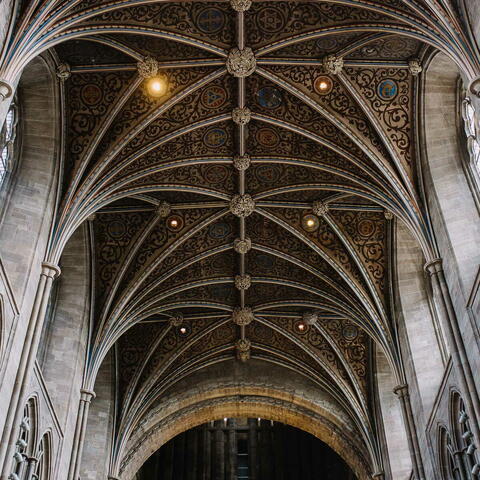
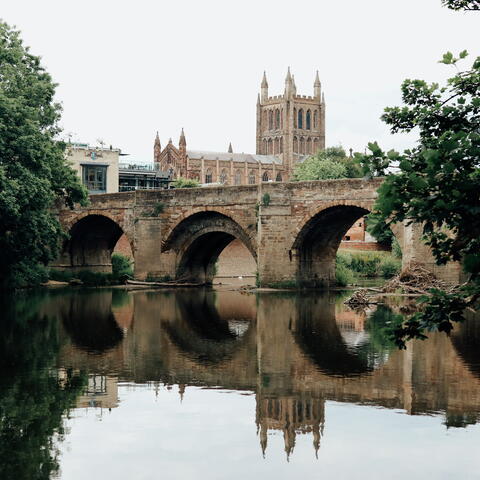
If fascinating artefacts are your thing, take a trip to The Heritage Suite at the historic Town Hall which houses much treasure from the City’s past, including ancient charters (from Richard the Lionheart in 1189 to Queen Elizabeth II), City silver, medieval weaponry, and the City's Mourning Sword (the sword of Owen Tudor). Also on display are replica medals of Allan Leonard Lewis, a VC recipient from Herefordshire. His statue proudly stands in the Old Market shopping and eating district.
Home to the only permanent exhibition dedicated to World War II in Hereford, The Waterworks Museum is a must for military history enthusiasts. Of particular significance are the discoveries made in 2003 in a derelict Royal Ordnance Munitions factory at Rotherwas where a Blackstone 5-cylinder diesel engine and Mather & Platt pump were revealed in near-original condition. These artefacts are now housed in the purpose-built Rotherwas Building, where the exhibition tells the story of the Rotherwas Munitions Factory (including the air raid on July 7, 1942), fire fighting at the factory, and life on the home front in Hereford.
Equally captivating the Hereford Light Infantry Museum which tells the story of the Herefordshire Light Infantry, The Herefordshire Regiment, and The Herefordshire Rifle Volunteers – all volunteers from a small rural English county. For the duration of the Military Festival museum exhibits will be on display at the Castle Green Pavilion.
A jaunt slightly out of town to Rotherwas is well worth making. On the site of the Royal Ordnance Factory (ROF), you’ll find the striking Rotherwas Angel sculpture, a memorial which honours wartime munitions workers. ROF was established in 1916 and became one of the largest explosive filling sites in the UK, employing over 6,000 workers (mainly women), many of whom were 'canary girls' due to jaundice from dangerous work. To delve deeper, take the self-guided walking tour by clicking here. Post walk, grab a coffee and have a rummage for salvage Warehouse 701, set in one of the WWI munitions factories.
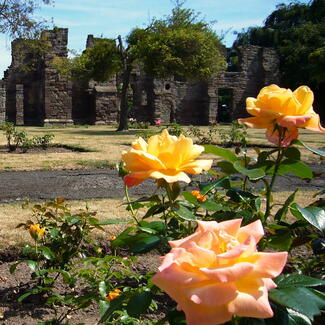
Suggested Spots to Stay
Discover Hereford Military History Festival
To view all the talks, debates, events and lively discussions going on at the inaugral Hereford Military History Festival, hit the button below...
